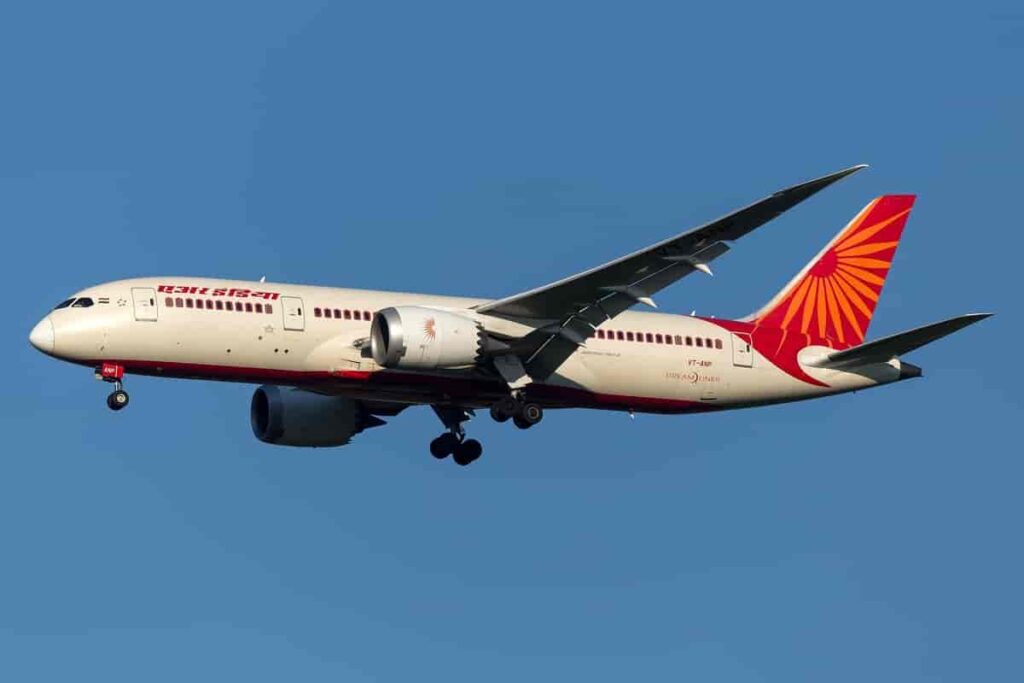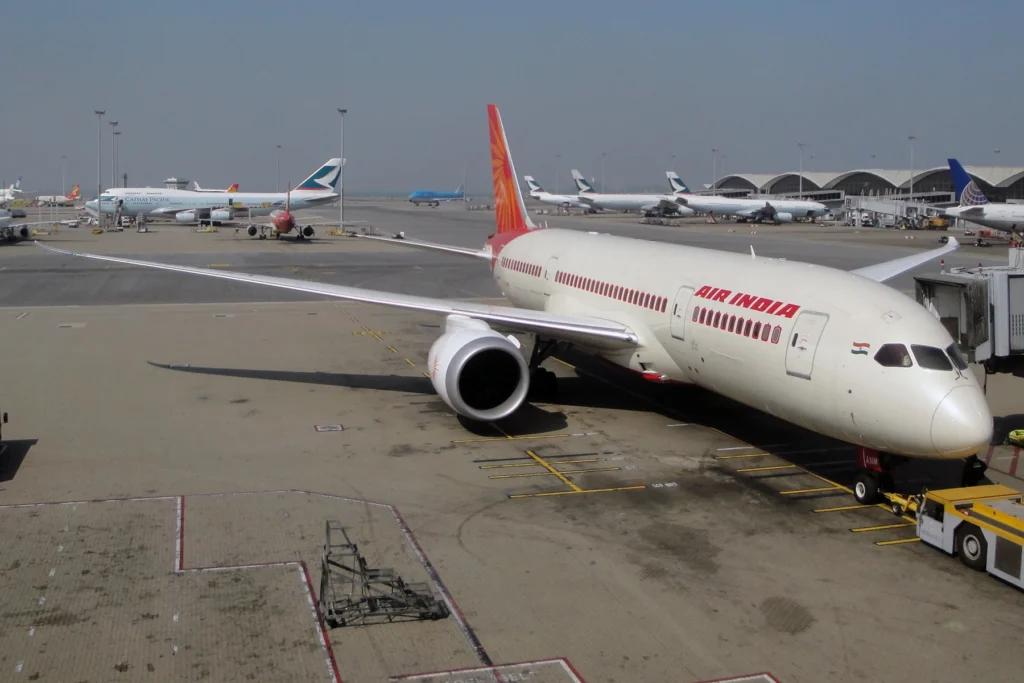AHMEDABAD- We all know that an Air India (AI) Boeing 787-8 Dreamliner, VT-ANB operating Flight AI171, crashed shortly after takeoff from Sardar Vallabhbhai Patel International Airport (AMD), Ahmedabad, en route to London Gatwick Airport (LGW), killing 241 people (confirmed by Air India).
But we all need answers; however, some sources, experts, and media reports claim potential reasons for this deadliest crash in Indian aviation history.
The crash occurred just 1.5 km from the runway on June 12, 2025, raising urgent questions about the aircraft’s failure to gain altitude.
The aircraft issued a mayday call moments after departure, and the cause remains under investigation.

What are the Reasons for Air India Plane Crash?
Air India Flight AI171 departed from Ahmedabad (AMD) at 13:39 IST, destined for London Gatwick (LGW), but crashed within 30 seconds of takeoff.
The Boeing 787-8 Dreamliner was flown by two highly experienced pilots: Captain Sumeet Sabharwal and First Officer Clive Kundar. The aircraft carried 242 people and nearly 100 tonnes of fuel.
India’s Directorate General of Civil Aviation (DGCA) confirmed that a mayday call was received before the aircraft vanished from radar.
A video recorded by a local showed the plane flying unusually low over a residential area before it crashed and exploded. The jet barely reached 625 ft (190 m) in altitude before descending sharply.

License: CC BY NC 2.0
Investigators Eye Possible Double Engine Failure
Initial theories reported by BBC sources suggest the possibility of a rare dual-engine failure. This could have been due to fuel contamination, blocked fuel metering systems, or other mechanical faults.
While engine failures on both sides are exceedingly rare—last famously occurring in the 2009 “Miracle on the Hudson”—experts have not ruled out this cause.
GE Aerospace, the engine manufacturer, has deployed a technical team to support the investigation, while Boeing has offered full cooperation.
The aircraft’s black box and flight data recorders will be central in determining whether both engines failed or lost power simultaneously.

What is a Black Box?
The origins of flight recorders date back to the 1930s when French engineer François Hussenot developed a data recorder that captured parameters on photographic film. Encased in a light-tight box, this early device earned the nickname “black box,” despite its distinctive bright orange color for visibility during recovery.
Technological evolution transformed these recorders over the decades, from magnetic tape systems to today’s solid-state models using stacked memory chips. These modern devices eliminate moving parts, enhancing durability and reducing failure risks in crashes.
It can store 100s of parameters, including cockpit commands, control surface positions, autopilot status, engine performance, electrical systems, and more. This level of detail offers investigators an expansive view of aircraft behavior leading up to incidents, enabling precise root cause analysis.
Flight recorders have become indispensable to the safety ecosystem of modern aviation. Their evolution reflects decades of learning, adaptation, and relentless innovation.

Bird Strike Risk at Ahmedabad Airport
A growing number of experts have suggested a bird strike as another potential factor. Ahmedabad Airport (AMD) is notorious for high bird activity. Gujarat has recorded over 460 bird strikes in five years, many at AMD.
Bird strikes can be devastating, especially if birds are ingested into the engines during takeoff.
However, such incidents rarely affect both engines unless the aircraft encounters a large flock. The timing of the crash and the low altitude leave little room for pilots to react in such cases.
Flap Configuration Errors Under Scrutiny
A third line of inquiry revolves around potential flap misconfiguration. Flaps are critical during takeoff for generating lift.
If they are not extended, especially in high-temperature conditions like those in Ahmedabad (around 40°C that day), a fully loaded aircraft may not achieve the necessary lift.
However, the Boeing 787’s takeoff configuration warning system should alert pilots to such an error. While some footage suggests reduced lift, experts stress the difficulty of concluding low-quality video alone. If flap misconfiguration is confirmed, it would suggest a serious human error or system malfunction.

The Investigation Ahead
India’s DGCA is being joined by the US and UK aviation authorities, including the NTSB and AAIB. This marks the first fatal crash of a Boeing 787-8 Dreamliner since its introduction in 2011, making the investigation both urgent and high-profile.
Authorities will rely heavily on cockpit voice recorders, flight data, and wreckage analysis to determine the cause. For now, no single theory—twin engine failure, bird strike, or configuration error—can be confirmed without evidence.
Note: These are all potential reasons and could not be the actual reasons. So, please take it as an informative post and not the real reasons for the crash. We will share the official data and information once we have preliminary reports.
Stay tuned with us. Further, follow us on social media for the latest updates.
Join us on Telegram Group for the Latest Aviation Updates. Subsequently, follow us on Google News

